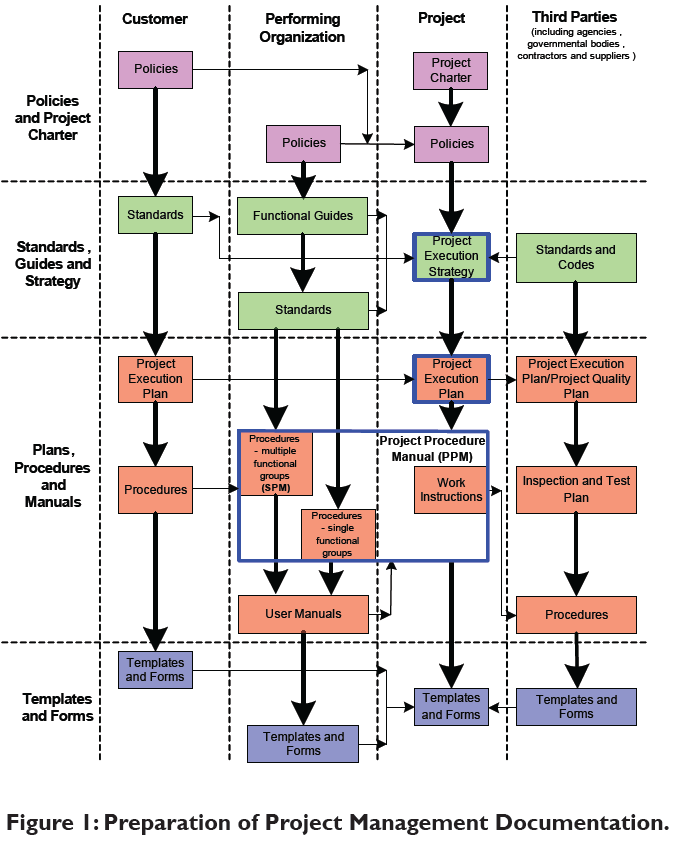Improve Your Operations: Construction Document Management Made Easy
Improve Your Operations: Construction Document Management Made Easy
Blog Article
Optimizing Task Partnership: Architect's Finest Practices in Building Document Administration
In the elaborate world of architectural tasks, the effective monitoring of building documents stands as a foundation for success. Architects, with their thorough attention to information and innovative layout services, are charged with orchestrating a harmony of stakeholders, sources, and timelines. In the middle of this intricacy lies an important inquiry: how can designers enhance collaboration processes to improve task outcomes? By exploring crucial approaches such as leveraging cloud-based platforms, developing robust interaction methods, and ensuring data safety, engineers can boost their document management practices to new elevations.
Leveraging Cloud-Based Systems
By transitioning from traditional paper-based systems to shadow options, architects can simplify partnership, improve record accessibility, and boost general project performance. This ease of access advertises seamless interaction and sychronisation amongst job stakeholders, leading to less errors and hold-ups in the building and construction process.
Furthermore, cloud-based platforms provide a safe atmosphere for storing delicate task info, supplying file encryption, normal backups, and individual consent setups to secure data honesty. Architects can likewise gain from the scalability of cloud remedies, permitting them to adjust storage capability and capability based on job needs. Overall, leveraging cloud-based systems equips architects to optimize their building and construction document management processes, driving higher cooperation, efficiency, and success in their projects.
Carrying Out Variation Control Equipment
Having established the benefits of cloud-based platforms in building record monitoring, designers can now improve their paper control procedures by applying Version Control Systems. Version Control Systems (VCS) are crucial tools that track changes in files, making sure that staff member are constantly functioning with the most recent and most exact information. By executing VCS, designers can preserve a centralized repository where all project documents are stored, enabling seamless partnership while lessening the danger of errors and version conflicts.
One key benefit of Variation Control Solution is the capacity to track the full background of paper modifications, enabling users to revert to previous variations if required (construction document management). This feature is specifically beneficial in building and construction jobs where design iterations and alterations prevail. VCS promotes much better interaction among group participants by offering a clear audit route of that made specific adjustments and when they were made. This transparency not just improves liability however also assists in dealing with disputes or disparities that may emerge throughout the job lifecycle.
Establishing Interaction Methods
To ensure effective and efficient task control, engineers must establish clear and durable interaction methods within their building and construction document management processes. This system can be a task monitoring software application, e-mail strings, or cloud-based storage space options.
In addition, interaction procedures ought to likewise include standards on just how to manage conflicts, change orders, and urgent concerns that might emerge during the project lifecycle. Developing a structured strategy to interaction ensures that all stakeholders get on the very same web page, advertises transparency, and ultimately adds to the effective completion of the construction task.
Using BIM Software for Control
BIM software application plays a pivotal duty in improving coordination amongst project staff member in the construction market. Building Information Modeling (BIM) promotes partnership by giving a centralized system where designers, designers, specialists, and other stakeholders can work with each other in a collaborated fashion. Through BIM software program, project individuals can access and upgrade a shared version that includes in-depth info concerning the building design, building parts, and job timetables.

Furthermore, BIM software program makes it possible for real-time partnership and communication amongst employee, no matter of their physical area. Through cloud-based BIM platforms, project stakeholders can access the current job information, track adjustments, and make notified choices immediately. In general, leveraging BIM software for coordination boosts job performance, efficiency, and inevitably results in effective project end results.
Ensuring Data Security and Compliance
In the world of building record management, securing data stability and making certain regulatory conformity are extremely important factors to consider for architects and various other task stakeholders. Bonuses Architects need to apply robust safety actions to safeguard delicate job details from unapproved access or breaches. Making use of secure cloud storage remedies with security protocols and accessibility controls can assist alleviate threats related to data theft or loss. Consistently updating software and systems, carrying out safety audits, and supplying personnel training on information safety finest practices are vital steps in maintaining a secure environment for building paper administration.

Final Thought
Finally, engineers can maximize project cooperation in construction paper administration by leveraging cloud-based systems, executing version control systems, developing communication procedures, using BIM software program for sychronisation, and making certain information safety and security and compliance. These best practices aid streamline the construction procedure, boost interaction amongst job stakeholders, and boost efficiency in task shipment. By complying with these standards, engineers can successfully handle building and construction papers and go to this web-site facilitate effective project outcomes.
Through BIM software, job participants can access and update a common version that has in-depth details concerning the structure design, construction components, and project routines.
Through cloud-based BIM platforms, task stakeholders can access the most recent task info, track modifications, and make notified decisions without delay - construction document management. Generally, leveraging BIM software application for coordination improves task effectiveness, performance, and inevitably leads to successful job results
In final thought, engineers can enhance job cooperation in building file management by leveraging cloud-based platforms, applying version control systems, developing communication methods, making use of BIM software application for sychronisation, and guaranteeing data safety and security and conformity. These best practices aid simplify the building and construction process, improve interaction amongst project stakeholders, and boost effectiveness in job shipment.
Report this page